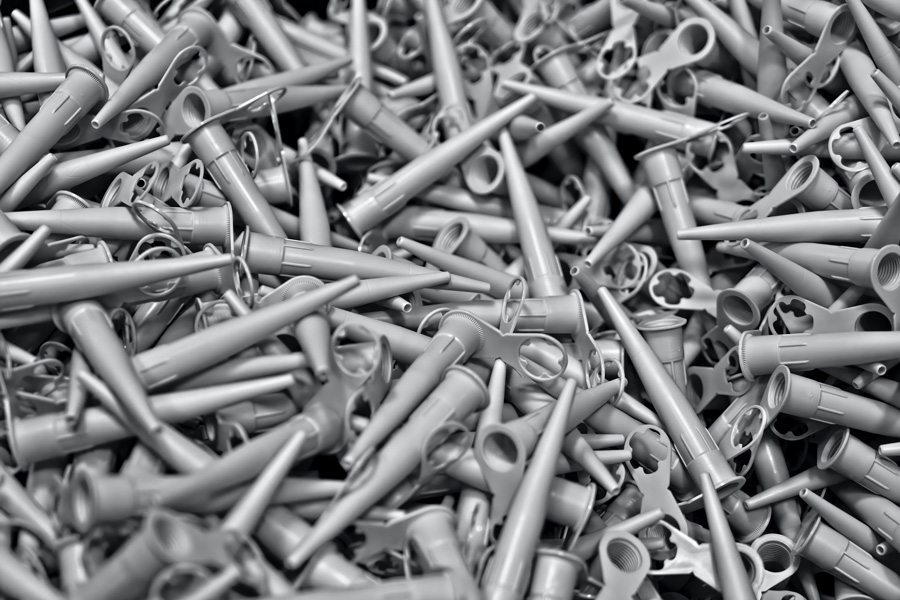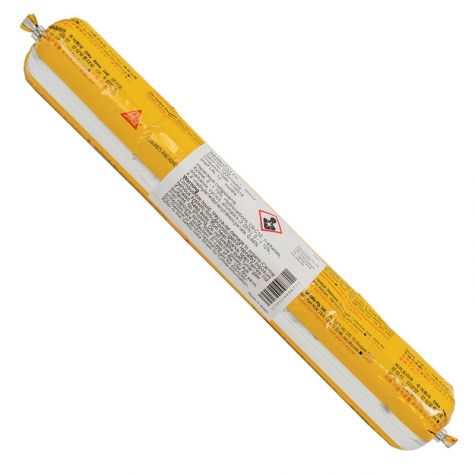How Strong is Sikaflex?

Sikaflex is a range of versatile, high-quality sealants and adhesive sealants used in construction. Think of the strongest sealant you’ve used - you can put your money on Sikaflex being stronger still!
The Sikaflex product range is wide, and construction experts generally know which type of Sikaflex to choose for the job at hand. Usually, it depends on which materials are being stuck or sealed together.
Sikaflex is used for both small and large construction jobs for a multitude of industries, including:
- Building components – windows and doors
- Off-site construction solutions – interior and exterior applications
- Automotive – body and paint shops
- Renewable energies – wind and solar
- Transportation – glass and windshields
- Marine – boats and yachts
- Appliance & equipment – home appliances
- Textiles and consumables – textile lamination and bonding
If you’re searching for a powerful sealant or sealant adhesive and you’re not sure which type to pick for the job at hand, read on.
Alternatively, get in touch with us at Jaybro!
 What is Sikaflex® used for?
What is Sikaflex® used for?
A quick skim through forums frequented by highly trained construction workers will tell you that 'Sikaflex will stick anything to anything'.
It’s the go-to sealant and sealant adhesive for those looking for an extremely strong and heavy duty solution.
The type of Sikaflex you choose will depend on what you need it for, but also the environment you are working in and the conditions the construction will be in after the work is done. For example, some Sikaflex sealants and adhesive sealants are resistant to seawater, some are weatherproof, and others work better if you are having to build under hot or humid conditions.
Here are some of the most popular types of Sikaflex, and what they are used for:
- Sikaflex 291: An all-purpose marine adhesive resistant to weathering, seawater, and ultra-violet radiation
- Sikaflex 292: Bonds joints subject to lots of stress, good gap-filling and shock-absorbing capabilities
- Sikaflex 295: Used to bond plastic glazing panels, high degree of elasticity, used to bond and seal delicate mineral glass
- Sikaflex 296: Used to glaze mineral glass, and for backfilling and sealing jobs
- Sikaflex 298: A full-bodied, shock-absorbing and sound minimising adhesive used on decking
There are also more affordable, weaker types of the product like Sikaflex 512, TS+, and EBT, which are used for smaller construction jobs.
As you can see from the above, the capabilities (and strength) of Sikaflex varies largely from product to product. If you’re not sure which Sikaflex is right for the job at hand, you can always get in touch with us at Jaybro. We’re construction experts, and we’re always happy to help those in the trade!
So… how strong is Sikaflex®?
Though all Sikaflex products are industrial strength, some are stronger than others in order to fit their purpose. For example, Sikaflex 292i is a marine adhesive made to withstand an underwater climate and extreme distress. Meanwhile, Sikaflex 221 and 251 are commonly used for outdoor construction projects like window frames, which have less stressful environmental conditions.
Sika has product data sheets published online, so you can compare the tensile strength - that is, how much tension it can be subject to - along with other qualities like curing time, tack time, application temperature, and more.
Can anybody use Sikaflex®?
Sikaflex really can fix anything to anything, but like any product, you need to make sure you’re using it correctly to get the best results.
You can do this by:
- Making sure you do any necessary prep before applying Sikaflex, such as bending and reshaping a frame so it stays in place, or cleaning fingerprints and oil from a car beforehand. Of course, there are millions of examples of prep you should do, and this is just one of them!
- Making sure the Sikaflex has adequate curing time. Many construction workers use straps to hold the framework (or whatever they’re sealing) in place until bonding is complete.
- Making sure the environment is suitable for your Sikaflex to bond (i.e., that it’s moist enough/not too humid, not too hot, whichever conditions are suggested for the type you’ve bought).
- Making sure you choose the right Sikaflex for the job. If you’ve got any doubts, ask us at Jaybro or have a quick look at construction forums for first-hand advice.
 Sign In
Sign In 


